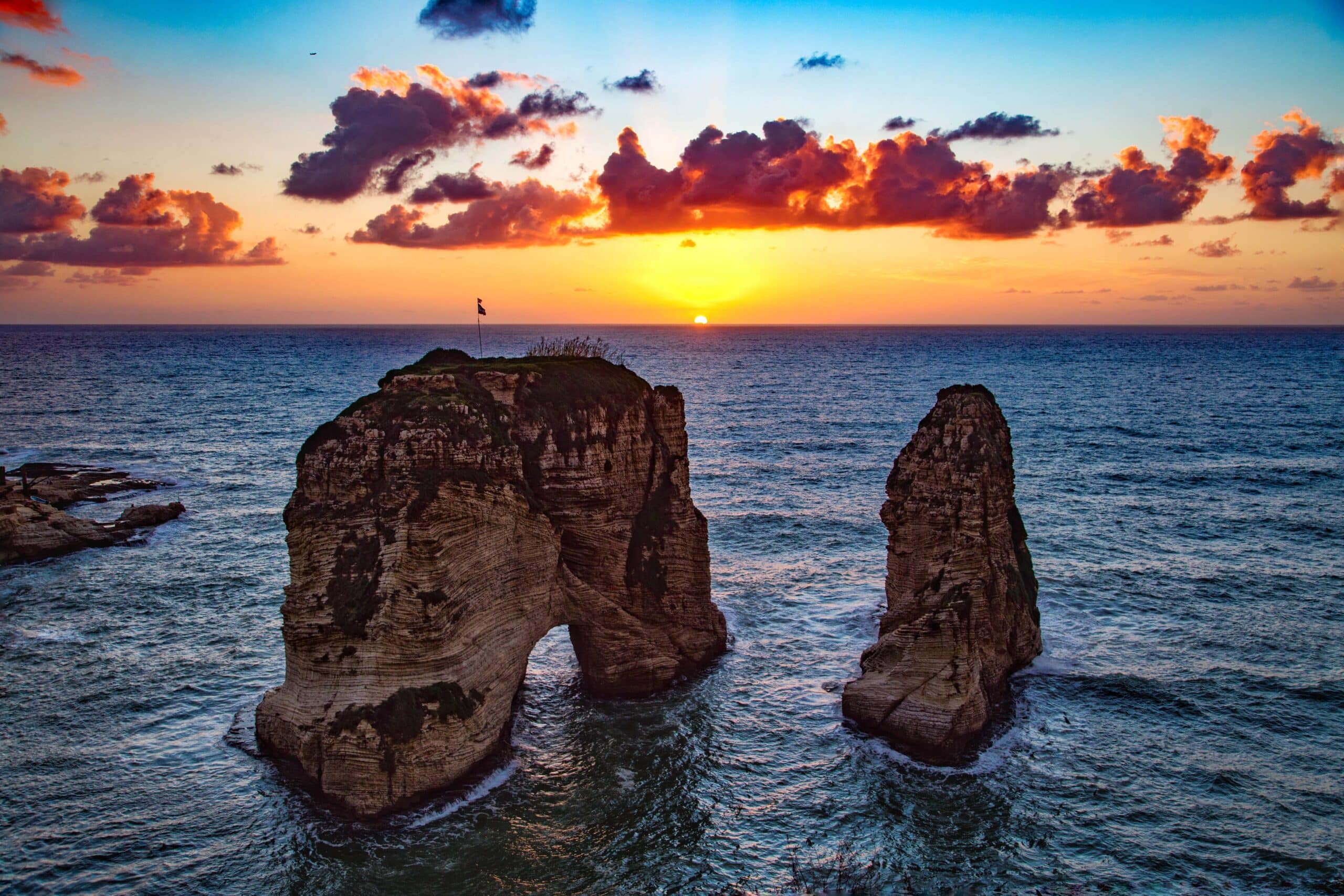Beirut, the fabled capital of Lebanon, has long resonated in the annals of history and the hearts of those who’ve meandered its labyrinthine streets. Yet beyond its celebrated landmarks, there are tales and nuances that many remain oblivious to. Here, we delve into five such enigmatic facets of the capital of Lebanon.
- The Ancient “Law School”: Before the renowned universities of today’s world, the capital of Lebanon was the epicenter of jurisprudential wisdom. The Beirut Law School was a beacon, illuminating the then-known world with its profound understanding of justice and legislation. Roman emperors, including Theodosius II, often turned to this bastion in the capital of Lebanon for its unparalleled legal acumen. A cataclysmic earthquake in 551 AD sealed its fate, relegating its vast knowledge to forgotten pages of history.
- The Literary Café Culture: Paris might be renowned for its writers and cafés, but the capital of Lebanon has its own poetic narrative interwoven with aromatic coffee beans. Mid-20th century Beirut was a hotbed for intellect, with luminaries like Khalil Gibran frequently gracing the city’s ahwats. Café de Paris in Hamra Street stands as a testament to a time when the capital of Lebanon was a crucible of creativity and discourse.
- Pigeon Rocks: Not Just a Pretty Face: The Raouché, or Pigeon Rocks, is not merely a visual delight for the capital of Lebanon’s visitors. Beneath its aesthetic allure lies a geological story spanning epochs. These formations whisper tales of a primordial Beirut when nature itself was crafting the very essence of the Eastern Mediterranean.
- Beirut’s Historical Palimpsest: Beneath the contemporary bustle of the capital of Lebanon lie remnants of bygone eras. Successive excavations have revealed layers upon layers of ancient civilizations, each echoing a unique chapter of Beirut’s illustrious past. The Roman Cardo Maximus, with its echoes of chariot-clad days, is just one fragment of this layered mosaic.
- The Silent Guardian – The Egg Cinema: Amidst Beirut’s architectural panorama stands a poignant remnant of a bygone era – The Egg. This once-thriving cinema, birthed in the 1960s, is a silent sentinel to the golden age of the capital of Lebanon. Even in its current state of decay, it holds the promise of memories, occasionally serving as a clandestine venue for art events and gatherings.
To truly fathom the depths of Beirut, one must move beyond the surface and delve into the hidden stories that make the capital of Lebanon a city of timeless allure.
Image Credit: Ramy Kabalan on Unsplash



















